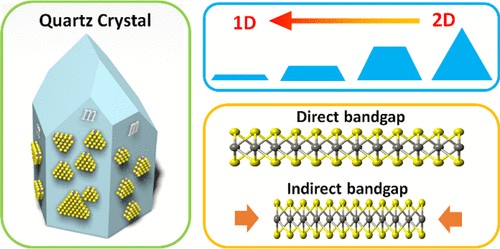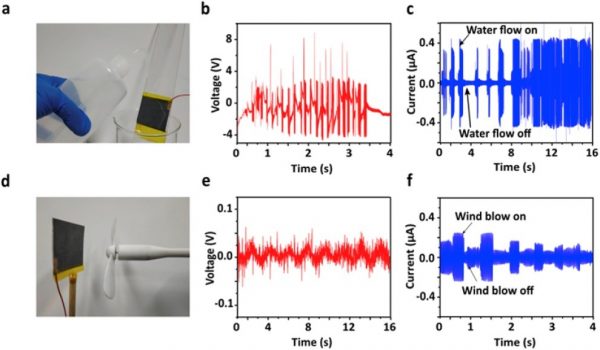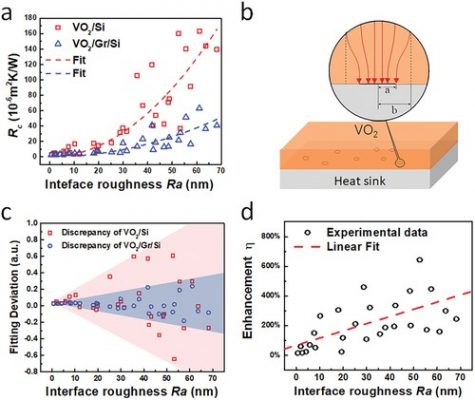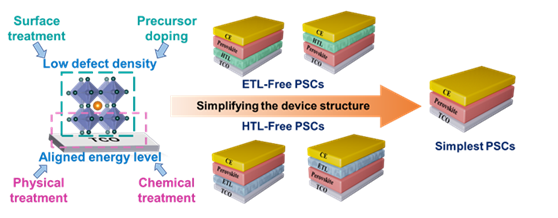Significant improvements made by Shenzhen researchers in micro-nano functional materials, devices, and applications
Mar 29, 2020
A series of advances by researchers at Southern University of Science and Technology (SUSTech) has seen their papers published as cover stories or feature stories in leading academic journals. () has led his research team to publish a series of vital research papers in micro-nano functional materials and devices.

The group published a paper in (IF = 10.159), under the title, “.” The article focused on the potential novel applications in electrocatalysts, field-effect transistors, and optoelectronics. The research group adjusted the reaction conditions for quartz and tungsten disulfide (WS2) to create a one-dimensional structure. Their new structure results in reduced thermal strain and improved structural properties.

The paper published in (IF = 15.548) was titled, “.” Their paper assessed the function of a single-electrode friction generator that converts dispersed mechanical energy into electrical energy. Single-electrode mode triboelectric nanogenerator (TENG), as an emerging and efficient sustainable power source, is highly sought to develop a low-cost fabrication process for the mass production at the commercial level. The group used an inexpensive graphite-covered printing paper as the electrode before combining it with a polytetrafluoroethylene film to form the single-electrode friction generator (GCP-TENG). The simple structure of the device offers many commercial applications. It can be used on many different surfaces to power light-emitting diode (LED) arrays or liquid crystal displays (LCD).

The group’s paper in was titled “.” This paper studied heat transfer at the solid-solid interface at the micro-nano scale. By examining the roughness, or smoothness, or a surface, the research team decided to add a layer of graphene to reduce the level of thermal interface resistance. The excellent thermal conductivity of a single layer of graphene also offers excellent mechanical properties, while providing increased heat transmission channels.

The paper published in was titled “.” It summarized the work being conducted in the field of perovskite solar energy while focusing on new ideas for simple configuration devices to make high-performance, low-cost batteries. The researchers summarized the conventional methods of reducing defect density and optimizing energy levels in perovskite solar cells (PSCs). They also examined the development of different electron-free or hole-free transport PSCs. This discussion assessed the working principles, implementation technologies, remaining challenges, and prospects of the field.
Other papers were published in (IF = 12.750), (IF = 9.043), , and .
ACS Chemistry of Materials paper:
Nano Energy paper:
Advanced Functional Materials paper (just accepted):
Advanced Materials Interface paper:
Applied Physics Review paper:
Nano-Micro Letters paper:
Solar RRL paper:
Energy & Environmental Materials paper:
Latest News
Related News












